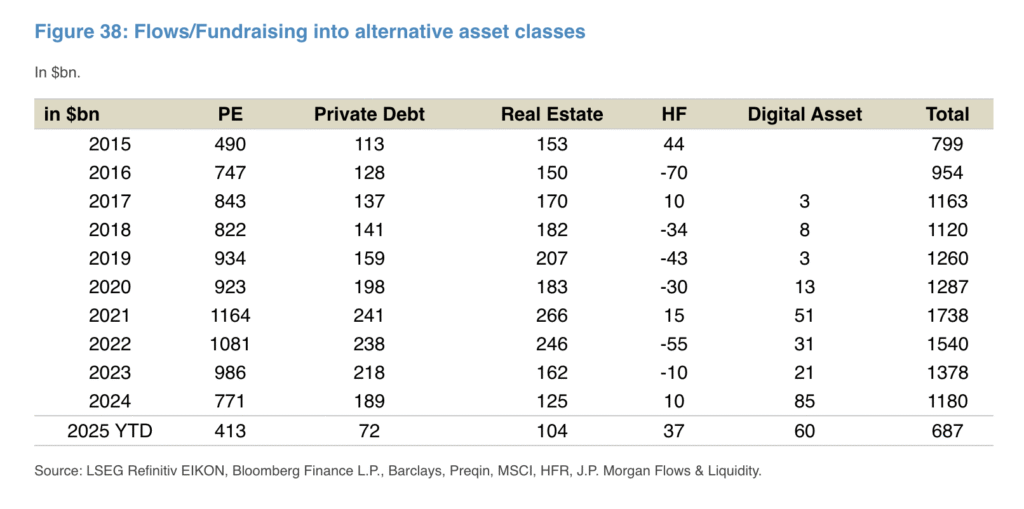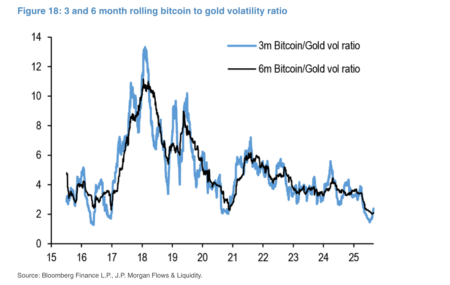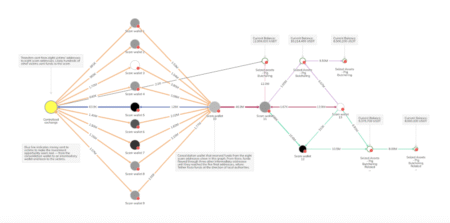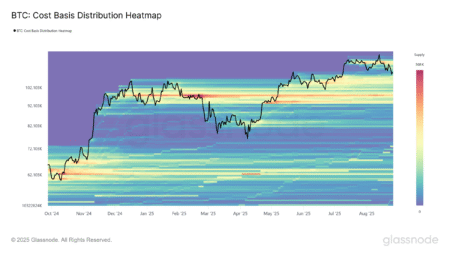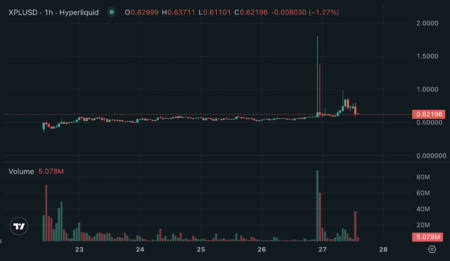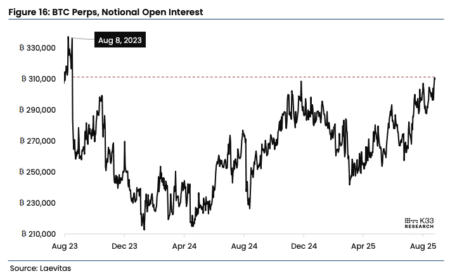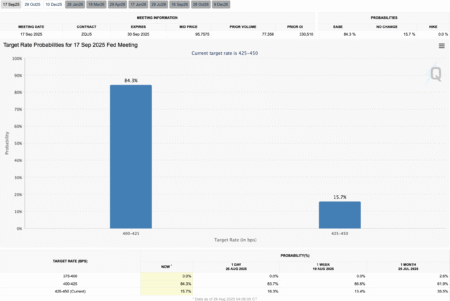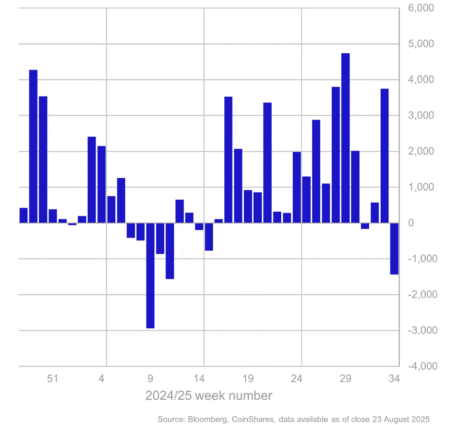The Surge of Capital Inflows into Digital Assets: A 2023 Perspective
In 2023, capital inflows into digital assets have soared to an impressive $60 billion year-to-date, according to analysts from JPMorgan. This growth is attributed to various factors, including the influx of crypto fund flows, CME futures activities, and robust venture capital fundraising. Notably, inflows have surged by nearly 50% since late May, positioning them to comfortably exceed last year’s record totals. As institutional interest intensifies, the digital asset landscape is rapidly evolving, presenting new opportunities and challenges for investors.
Favorable U.S. Regulatory Environment: A Catalyst for Growth
A significant driving force behind this increase in capital flows is the enhanced U.S. regulatory environment, which is seen as a key catalyst for market optimism. Analysts point to the recently enacted GENIUS Act, which offers much-needed clarity regarding stablecoins, potentially setting a global standard for their regulation. Most stablecoins are pegged to the U.S. dollar, prompting other countries like China to accelerate their digital currency initiatives. The digital yuan rollout in China and ongoing efforts to establish a yuan stablecoin in Hong Kong underscore a growing competitive landscape that could further influence global digital currency adoption and usage.
Legislative Developments: The CLARITY Act and Its Implications
Another landmark legislative initiative, the CLARITY Act, is also making headway in Congress. This act aims to categorize digital assets as either securities or commodities, which could significantly impact the framework within which crypto-native firms operate. Analysts believe that if passed, the CLARITY Act would enhance the attractiveness of the U.S. as a location for crypto businesses, especially when compared to the European Union’s Markets in Crypto-Assets (MiCA) regulation. This clarity may foster innovation in the sector, driving new ventures and improving overall market liquidity.
Renewed Activity in Crypto Markets
The improving regulatory climate is already translating into tangible activity across both private and public crypto markets. Venture capital funding for crypto startups has seen notable growth, reflecting increased investor confidence. Public markets are also buzzing with activity; analysts highlight Circle’s recent successful IPO as a pivotal moment, alongside a notable increase in new filings with the U.S. Securities and Exchange Commission. Companies in the space are motivated to seek valuation premiums, as evidenced by Strategy’s (formerly MicroStrategy) stock performance, which trades at a significant premium relative to its bitcoin holdings.
Rising Interest in Altcoins and Institutional Engagement
Investor interest is not limited to Bitcoin; altcoins are attracting heightened attention as well. Ethereum, in particular, has emerged as a significant beneficiary due to its dominance in decentralized finance (DeFi) and smart contracts. Its increasing presence in corporate treasuries alongside Bitcoin reflects a broader trend of institutional acceptance. Additionally, asset managers are exploring the launch of crypto exchange-traded funds (ETFs) focused on altcoins, particularly those featuring staking components that may offer recurring yields, thereby enticing a wider array of investors.
Digital Assets Versus Traditional Alternatives
In a broader financial context, digital assets and hedge funds are witnessing an acceleration of inflows this year, a sharp contrast to the sluggish fundraising environment for traditional private equity and private credit. As digital assets continue to carve out their niche, the divergence between growth in alternatives like crypto and the stagnation in traditional markets could suggest a transformative shift in investor behavior and asset allocation practices. Investors may increasingly view digital assets as a vital component of a diversified portfolio.
Conclusion: A Promising Future for Digital Assets
As we move forward into 2023, the landscape for digital assets remains promising. With strong capital inflows, favorable regulatory changes, and a growing interest in both altcoins and institutional participation, the digital asset ecosystem is poised for continued growth. While challenges remain, the combination of legislative clarity and buoyant market momentum is likely to catalyze further innovation and investment in this dynamic sector. Stakeholders within the digital asset space must remain vigilant and adaptable, as the regulatory and market environments continue to evolve in this fast-paced industry.
In summary, the current trajectory of capital inflows into digital assets, driven by favorable regulations and increasing institutional interest, paves the way for a transformative period within the crypto landscape. As the industry matures, understanding these trends will be crucial for investors looking to harness the potential of this burgeoning market.





